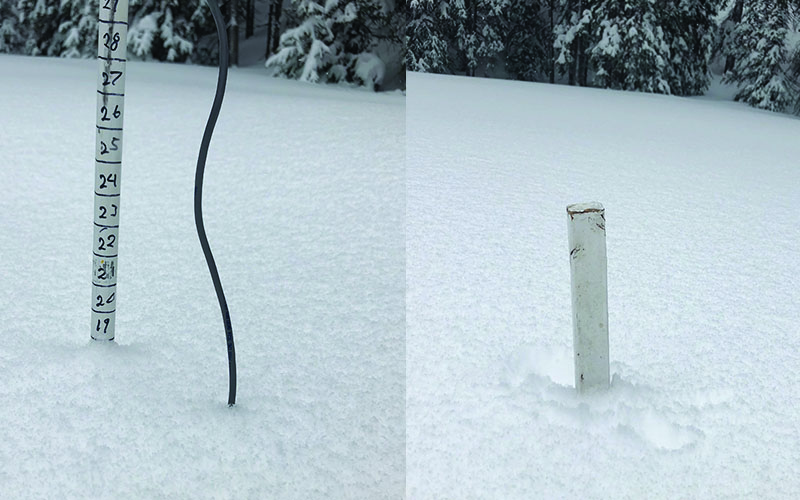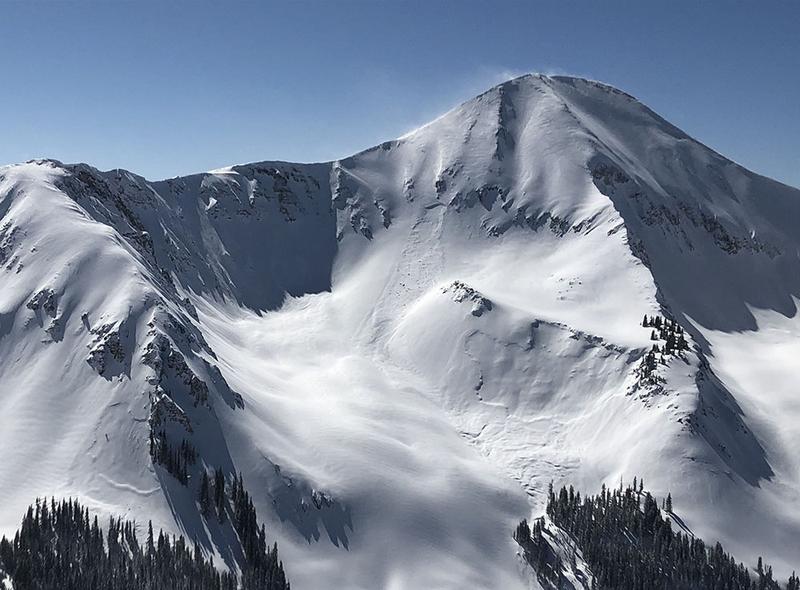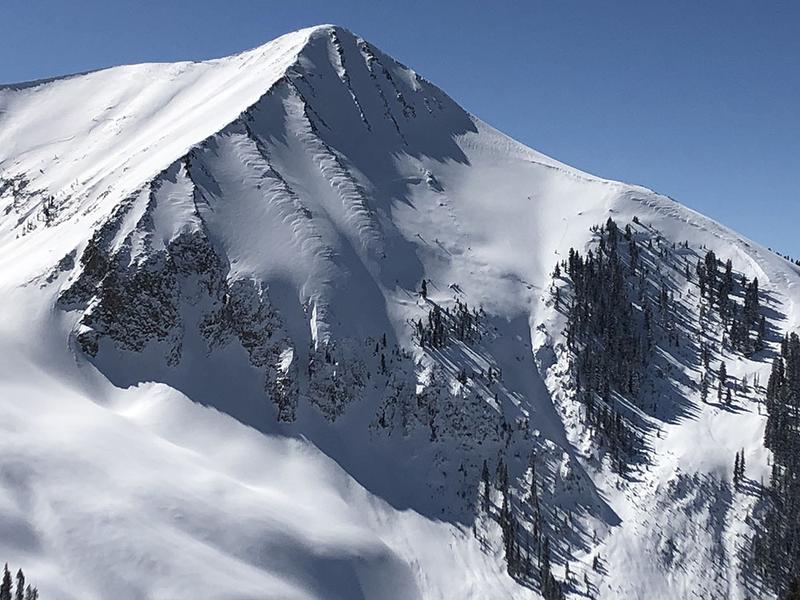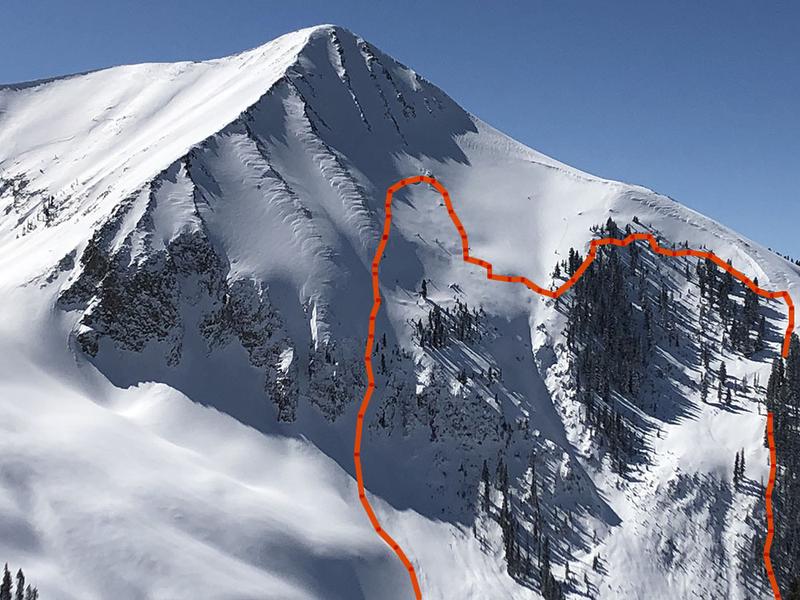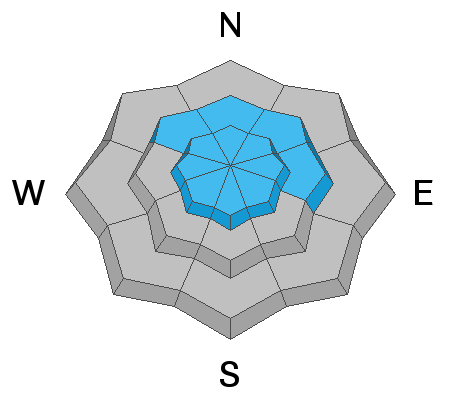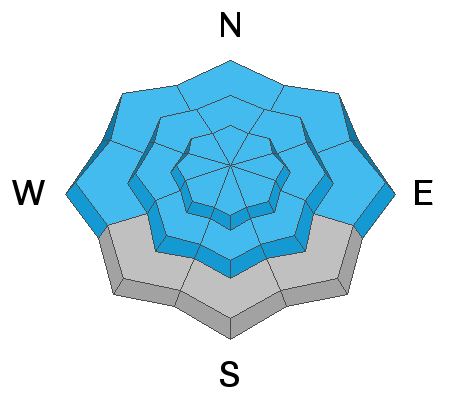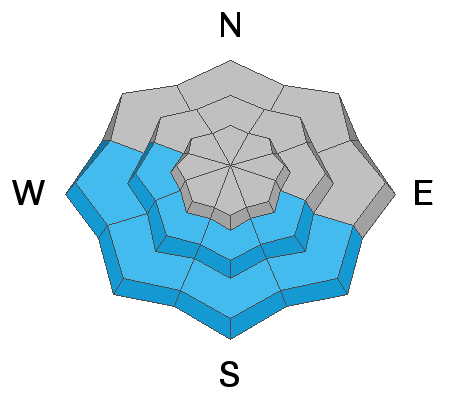Forecast for the Moab Area Mountains

Issued by Eric Trenbeath on
Sunday morning, February 24, 2019
Sunday morning, February 24, 2019
A CONSIDERABLE avalanche danger remains on steep, wind drifted slopes that have primarily a northerly aspect. The problem is most widespread at upper elevations, but exposed, mid elevation slopes are also suspect. A triggered wind slab also has the potential to step down into a buried, persistent weak layer causing a deeper, and much more dangerous avalanche. Steep, rocky, northerly facing terrain, and areas with a shallower snowpack are where you are most likely to encounter this problem. Most other terrain has a MODERATE danger. As the day heats up, be alert to signs of wet snow instability on sun exposed slopes such as roller balls or pin wheels, and stay off of slopes that are getting wet and sloppy.
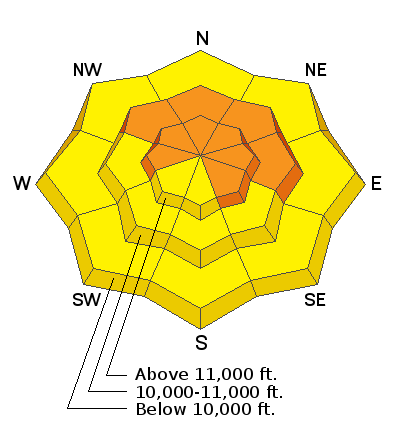
Low
Moderate
Considerable
High
Extreme
Learn how to read the forecast here


